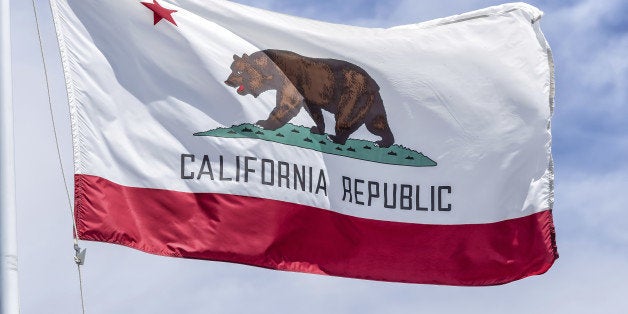
The State of California will be hosting a series of public workshops in August to update their plan for distributing the billion or so dollars collected through the state's Cap & Trade climate change program in the next few years. This presents an opportunity to review California's approach to carbon pricing and consider recommendations for improvement.
When designing their Cap & Trade system, California officials learned from the struggling European trading system, and adopted the best parts of the current Cap & Trade system: auctioning some permits, and setting a price floor on the permits. But after three years of auctions, the program is needlessly complex, the spending of funds is opaque, funded projects may not reduce emissions, and the state's goal of becoming a national or international template for carbon pricing is in question. Here are five recommendations to improve the program:
1. Make it simpler. The state could make things easier by moving the point of regulation further upstream to where fossil fuels are introduced into the economy. Then, rather than measuring emissions with complex inventories, they could just measure the amount of fuel. Also, now that transportation is in the program, is there still a need to separate emitters into transportation, electricity, and industrial categories? Perhaps the three categories could be merged into one.
2. Make it more transparent. state agencies recognize transparency around spending the funds is an issue, and they are now starting to post expenditure records online. Still, many "expenditure records" are vague on details, which will likely prompt the state legislature to continue to ask for more information about recipients and funded projects.
3. Question how projects are funded. The ARB 's Investment Plan uses several criteria for spending the funds, including:
Reduce GHG emissions • Maximize economic, environmental, and public health benefits to the state • Foster job creation • Improve air quality • Allocate proceeds to projects that provide benefits to or are located within disadvantaged communities
Unfortunately, the state's process for funding projects is politicized, and whether emissions will actually be reduced is debatable. The most glaring example of politicized spending of Cap & Trade funds is high-speed rail. If an unbiased observer were to develop a funding equation for high-speed rail, it would look something like:
The Governor likes high-speed rail + High-speed rail lacks a funding source = High-speed rail is suddenly the best use of funds from Cap & Trade*
Another major area that receives funding is smart growth and transit-oriented development, but does it really qualify to be a major use of Cap & Trade funds? Similar to high-speed rail, the emission reductions it promises are sketchy, and a realpolitik equation for disbursing Cap & Trade funds for it would look like this:
The courts disbanded redevelopment agencies + Urban infill benefits an important Democratic constituency = Transit-oriented development is a great use of Cap & Trade funds*
*Note: High-speed rail and transit-oriented development are good things in and of themselves, but the question is whether they are the best uses of Cap & Trade funds. Better metrics would include tons reduced per dollar spent, whether it is the best way to serve disadvantaged communities by geography or income, or whether the emission reductions will take place before 2020.
One result of turning the program (at least in the public's eyes) into a funding mechanism for high-speed rail and urban transit-oriented development is that large segments of the population will not believe they are seeing any benefit from the carbon price.
4. Instead of funding projects, give the funds to people. The unique economics of Cap & Trade subverts the spending of permit revenues on emissions reduction projects. This is because the overall level of emissions is determined by the cap, not by the price of the permit. So, unfortunately, the projects being funded by ARB may only serve to create space under the cap that will be filled by emissions from other sectors. It appears that the Governor, Legislature, and the agencies and organizations receiving funding either don't know that, or are choosing to ignore it.
The state can choose to skip funding complex, politically motivated projects, and let the people decide how to spend the money, by returning the revenues back to households directly. The California Climate Credit showing up twice a year on electricity bills is a good start. The state could expand that to an off-bill per capita dividend that would be simple, transparent, and be inclusive of disadvantaged communities not just coastal cities.
5. With the previous four suggestions, make California a national and international template for carbon pricing. California has a head start on carbon pricing over other states, and continues to be a driving force in national and international climate policy. As mentioned above, the auctioning and price floor have helped California's system avoid the failure of the European ETS. But given the complexity, opacity, and other problems that remain, other states may be looking for a simpler, more transparent and equitable carbon pricing system. The groups Oregon Climate and Energize Rhode Island are leading climate dividends campaigns in their states, and Washington state activists are hoping to qualify a revenue-neutral carbon tax for the ballot.
California is starting to look past 2020 to the future, with the Governor's April 2015 Executive Order establishing a target to reduce GHG emissions 40 percent below 1990 levels by 2030. California is sure to have an influential "subnational" delegation at the Paris Climate Conference in December. An upgraded Cap & Trade 2.0 would really give them something to brag about.
